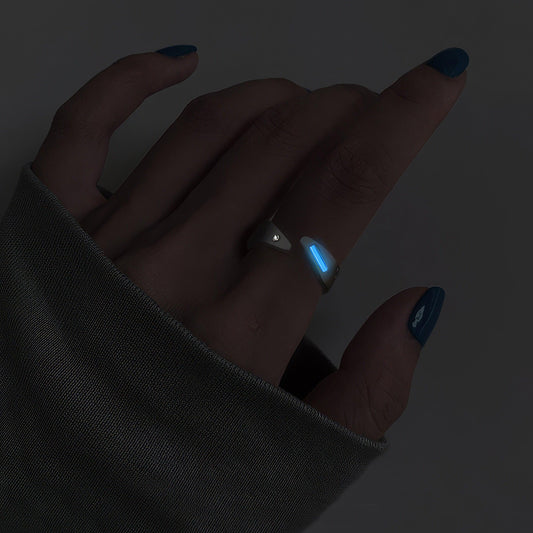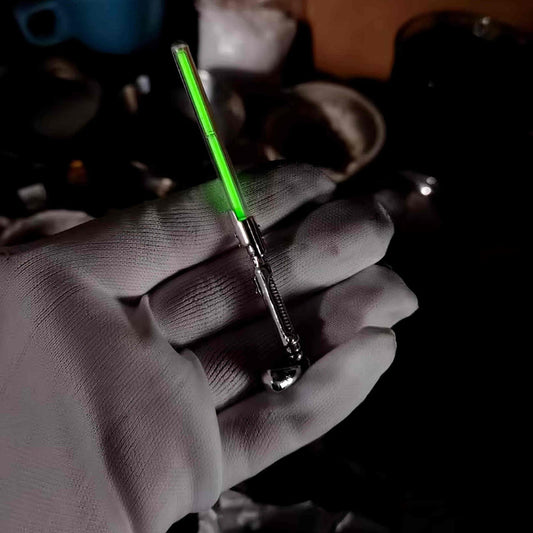The Art of Wearing Your Wedding and Engagement Rings
The Art of Wearing Your Wedding and Engagement Rings
For many, slipping on an engagement ring is the beginning of a beautiful journey. I remember the moment vividly when my partner proposed. It was a crisp autumn afternoon, the leaves whispering a soft rustle in the breeze. As I admired the sparkle of the engagement ring, my mind danced with thoughts of the wedding band that would eventually accompany it. But then a curious question bubbled up: how are these rings supposed to be worn together?
The tradition in much of the Western world is to wear the wedding band on the fourth finger of the left hand, closest to the heart. This custom, like many others, comes with its own charming myth. The ancient Romans believed a vein ran directly from this finger to the heart, symbolizing eternal love—a notion that may not hold up under medical scrutiny but remains endearingly romantic.
When it comes to stacking the rings, there’s a quintessential order that many follow: the wedding band is worn first, with the engagement ring placed above it. This arrangement places the wedding symbol, the band, closer to the wearer’s heart—a sweet homage to the day two hearts officially became one.
My grandmother, a lady of old-fashioned wisdom, had a different take. She wore her rings the other way around, explaining that she wanted her engagement ring, the first tangible promise of love, to be closest to her heart every day. Her choice reflects a beautiful sentiment and points to the most important rule about wearing these symbols—it's profoundly personal. After all, it's your love story.
Choosing the materials and styles of these rings can also play into how they’re worn and perceived. Many modern couples are opting for mixed metals, with rose gold engagement rings paired alongside platinum bands, or vice versa. It’s fascinating how trends evolve. Mixing metals, once considered a fashion faux pas, is now celebrated for its eclectic charm. This can add a layered texture and an eye-catching contrast to your ring stack—perfect for those who love to break tradition while still holding onto its essence.
Cultural nuances also weave their magic into this tapestry. During a trip to Europe, a friend shared how in Germany and parts of Scandinavia, it’s common to wear the wedding band on the right hand. This subtle but significant shift underscores how traditions can vary even within Western cultures, shaped by centuries of regional stories and beliefs.
Ultimately, the way you wear your rings should be a reflection of your story, your traditions, and your personal style. No matter which hand you choose, or the order you decide upon, the significance of these rings remains—they are symbols of commitment, love, and heartfelt promises. So, wear them in a way that feels right to you.
Perhaps, like me, you'll occasionally swap them around or try a different hand, just for fun. After all, the most beautiful part of this tradition is its ability to adapt and evolve, much like love itself.



























